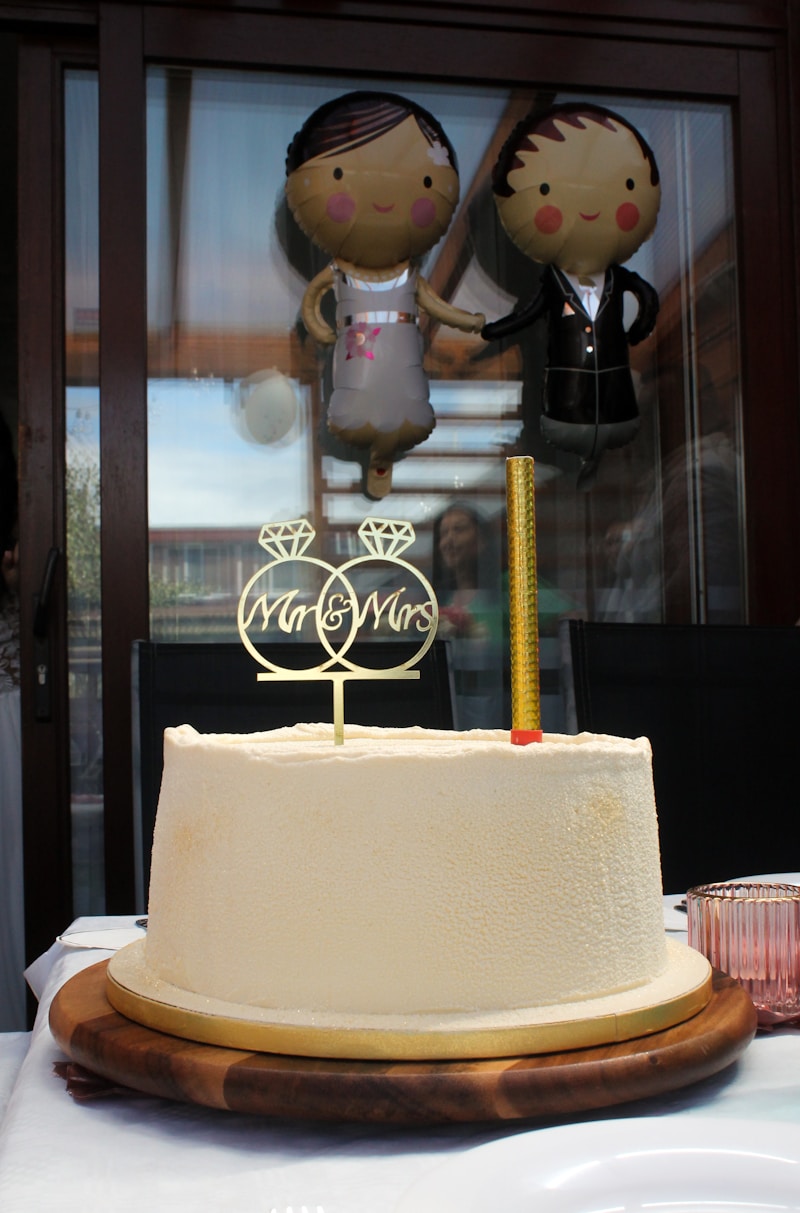Culinary Traditions in Wedding Feasts: A Global Perspective
Weddings are significant milestones in the lives of many individuals, often marked by grand celebrations and, most importantly, delicious food. Around the world, culinary traditions play a vital role in wedding feasts, reflecting the culture, history, and values of the couple and their families. In this article, we will explore various culinary traditions in wedding feasts from different regions, highlighting their unique flavors, customary dishes, and the meanings behind them.
The Importance of Food in Wedding Celebrations
Food in wedding celebrations is not merely about nourishment; it symbolizes prosperity, joy, and community. In many cultures, the sharing of food brings together families, friends, and guests, creating a sense of unity. Different cultures have distinct culinary practices, which are often passed down through generations. As such, the wedding feast becomes both a celebration of love and a tribute to heritage.
Regional Culinary Traditions
1. Western Wedding Feasts
In the Western world, particularly in the United States and Europe, wedding feasts commonly feature multi-course meals. Traditional dishes might include:
| Course | Typical Dishes |
| Starter | Bruschetta, Shrimp Cocktail |
| Main Course | Roast Chicken, Beef Wellington |
| Dessert | Wedding Cake, Chocolate Mousse |
It’s fascinating how many couples incorporate modern twists on these traditional dishes, creating signature cocktails or unique cakes that represent their personal tastes.

2. Indian Wedding Feasts
In Indian weddings, food is central to the celebration. The cuisine varies significantly across different regions, often reflecting the local ingredients and culinary styles. A traditional Indian wedding feast might include:
| Region | Signature Dishes |
| North India | Biryani, Paneer Tikka |
| South India | Masala Dosa, Sambar |
| West India | Dal Baati Churma, Puran Poli |
| East India | Fish Curry, Mishti Doi |
The grandeur of an Indian wedding feast, often featuring a plethora of dishes, is not just about variety but also about sharing and celebrating culinary heritage.
3. Chinese Wedding Feasts
Chinese weddings are often celebrated with a sumptuous banquet that holds great cultural significance. The food served at a Chinese wedding symbolizes happiness, prosperity, and good fortune. A typical wedding menu might feature:
| Dish | Significance |
| Whole Fish | Abundance |
| Roasted Suckling Pig | Completeness |
| Longevity Noodles | Long life |
These dishes are often accompanied by a ceremonial tea service, further emphasizing the importance of family and tradition in the celebration.
4. Middle Eastern Wedding Feasts
Middle Eastern weddings are vibrant and lively events, and the feasts reflect the rich culinary practices of the region. Common dishes might include:
| Dish | Description |
| Hummus | Chickpea dip often served with pita bread |
| Kebabs | Grilled meats with spices |
| Baklava | Sweet pastry filled with nuts and honey |
The flavors of the Middle East, characterized by spices and herbs, create a memorable dining experience for wedding guests.
The Role of Culinary Traditions in Cultural Identity
As we delve into the culinary traditions of wedding feasts around the world, it becomes evident that food is intertwined with cultural identity. Each dish tells a story, from its historical roots to its significance in marital customs. For instance, in many cultures, specific dishes are believed to bring good luck and fertility to the newlyweds. Culinary traditions also foster a sense of belonging and continuity within communities, as families come together to prepare and share these traditional meals.
Modern Trends in Wedding Feasts
As societies evolve, so do culinary traditions in wedding feasts. Couples are increasingly opting for personalized dining experiences that reflect their tastes and values. This might include:
- Farm-to-Table Menus: Emphasizing local, sustainable ingredients.
- International Cuisine: Infusing cuisines from various cultures, reflecting the couple's diverse backgrounds.
- Vegan or Vegetarian Options: Catering to the preferences of guests and the couple’s values.
- Interactive Food Stations: Creating a more engaging dining experience with live cooking.
Conclusion
Culinary traditions play an indispensable role in wedding feasts, transcending mere sustenance to become a celebration of love, culture, and community. Whether it's a lavish multi-course dinner in the West or a colorful buffet in India, the food served at weddings holds stories that connect families and cultures. As couples embrace modern trends and personalize their feasts, these culinary practices continue to evolve, ensuring that every wedding is a unique and memorable experience.
For those planning a wedding feast, it’s important to consider not just the taste and presentation of the food, but also the cultural significance behind the dishes chosen. This not only enhances the celebratory atmosphere but also pays homage to the rich tapestry of culinary traditions that shape our identities.
In summary, while the culinary traditions in wedding feasts may vary widely across the globe, their inherent purpose remains the same: to unite loved ones in celebration of a beautiful journey beginning anew.